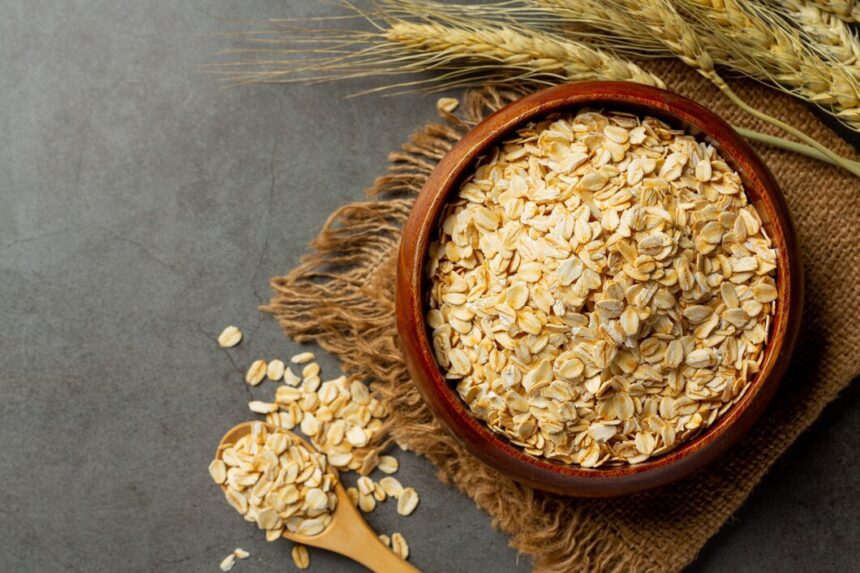Oats are a versatile and valuable crop that can enhance soil health and provide high-quality forage and food products. For South African farmers, understanding the detailed process of growing oats—from planting to harvest and storage—is crucial for optimizing yields and maintaining crop health. Here’s a comprehensive guide to growing oats, including growth stages, inputs, machinery, and management practices.
1. Land Preparation
Site Selection and Soil Requirements:
- Soil Type: Oats thrive in well-drained, loamy soils with good organic matter. They prefer soils with a pH of 5.8 to 7.0.
- Land Preparation: Prepare the land by plowing to a depth of 20-30 cm. Follow up with harrowing to create a fine seedbed. Ensure the land is free from weeds and large clods.
2. Planting
Seed Selection and Planting:
- Seed Selection: Choose high-quality, disease-resistant oat varieties suited to local conditions.
- Planting Time: In South Africa, oats are typically sown in late summer to early autumn, ideally between March and May, depending on the region.
- Seeding Rate: Plant at a rate of 80-120 kg/ha. Space rows 15-20 cm apart.
- Planting Depth: Sow seeds at a depth of 2-3 cm.
Machinery Required:
- Seeder/Planter: Use a seed drill or planter to ensure even seed distribution and proper planting depth.
3. Growth Stages
1. Germination and Seedling Stage (0-4 weeks):
- Water Requirements: Keep soil moist to promote germination. Oats need approximately 25-30 mm of water per week.
- Inputs: Minimal inputs required at this stage. Monitor for weed competition.
2. Vegetative Stage (4-8 weeks):
- Fertilization: Apply a balanced fertilizer, such as 10-10-10 (N-P-K), at 100-150 kg/ha. Adjust based on soil tests and nutrient requirements.
- Weed Control: Use herbicides like 2,4-D or MCPA for broadleaf weeds. Apply pre-emergence or early post-emergence.
3. Heading and Flowering Stage (8-12 weeks):
- Water Requirements: Increase irrigation if needed, aiming for a total of 50-60 mm per week during this period.
- Monitoring: Watch for signs of nutrient deficiencies or pest infestations.
4. Maturation and Ripening (12-16 weeks):
- Water Management: Reduce watering as the crop nears harvest to allow the grains to mature properly.
- Pest and Disease Management: Monitor for diseases like rust, mildew, and smut. Use fungicides as needed based on local recommendations.
4. Harvesting
Timing:
- Harvest when the grains are hard and the moisture content is around 14-16%. This typically occurs 90-120 days after planting, depending on the variety and climate.
Machinery Required:
- Combine Harvester: Use a combine harvester to efficiently cut and thresh the oats. Ensure it is set to handle the specific oat variety and conditions.
5. Storage
Post-Harvest Handling:
- Drying: Ensure oats are thoroughly dried to a moisture content of 12-14% before storage to prevent mold and spoilage.
- Storage: Store oats in a cool, dry place in sealed containers or silos to protect against pests and moisture. Maintain good ventilation.
6. Inputs and Fertilizers
Fertilizers:
- Pre-Planting: Incorporate a starter fertilizer like 10-10-10 before planting.
- During Growth: Side-dress with additional nitrogen if needed based on soil tests and growth conditions.
7. Pest and Disease Management
Common Pests:
- Aphids: Use insecticides like pyrethroids if aphid populations are high.
- Caterpillars: Apply targeted insecticides or use biological controls.
Common Diseases:
- Rust: Apply fungicides such as chlorothalonil or tebuconazole if rust symptoms appear.
- Mildew: Use fungicides and improve air circulation to reduce mildew risks.
Herbicides:
- Broadleaf Weeds: Use herbicides like 2,4-D or MCPA early in the growing season.
- Grassy Weeds: Consider selective herbicides if grassy weeds become a problem.
Successful oat cultivation in South Africa requires careful attention to each stage of growth, from land preparation and planting to harvesting and storage. By understanding the specific needs of oats, including soil conditions, water requirements, and pest management, farmers can optimize yields and ensure a high-quality crop. Proper use of machinery, fertilizers, and pest control measures will help maintain healthy oat plants and achieve a productive harvest.
Join 'Farmers Mag' WhatsApp Channel
Get the latest Farming news and tips delivered straight to your WhatsApp
CLICK HERE TO JOIN






